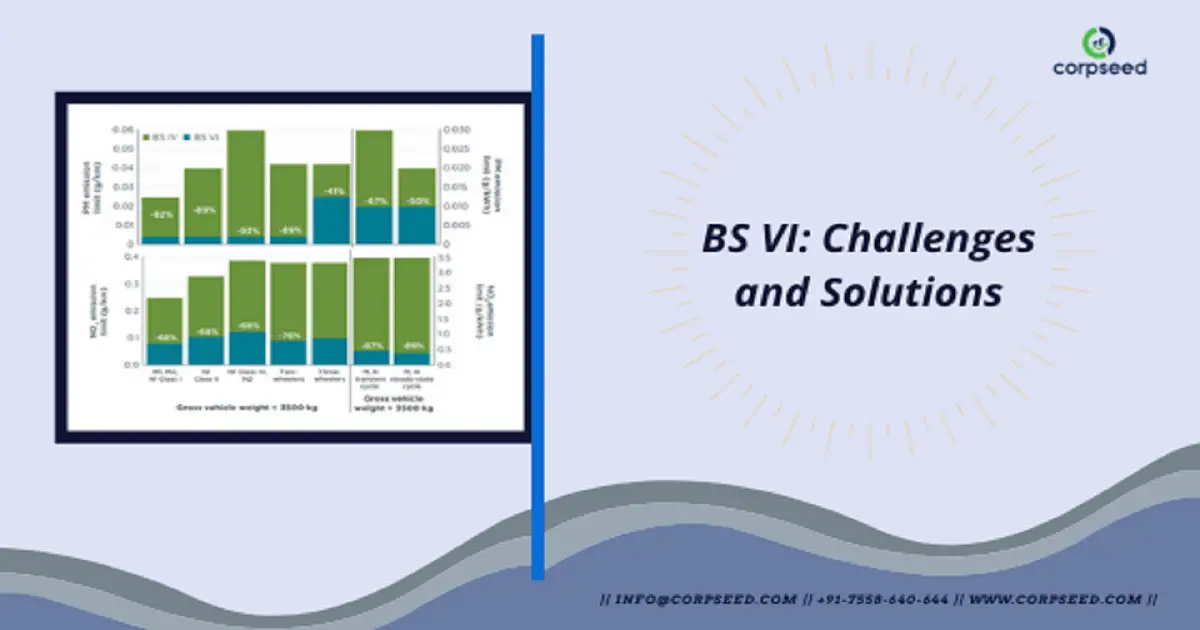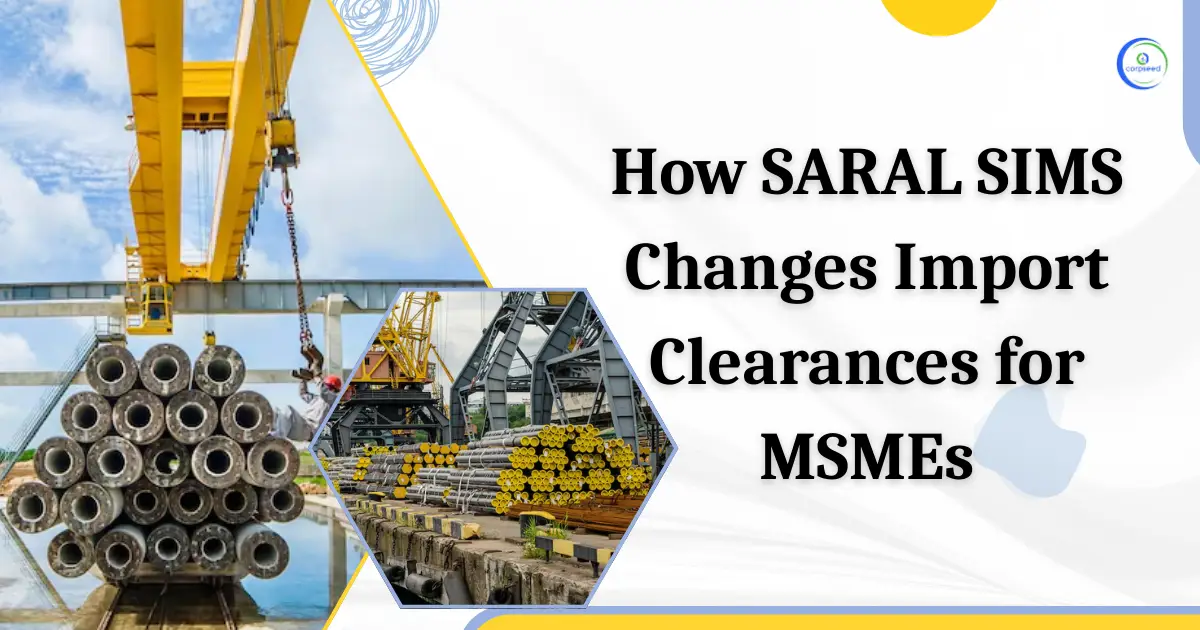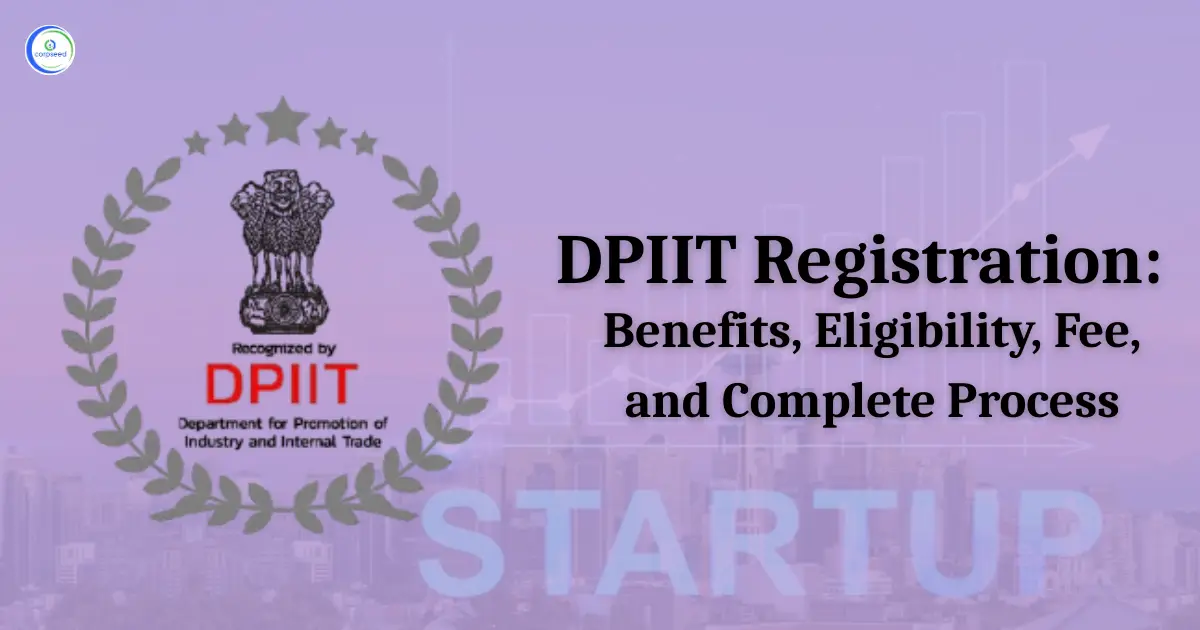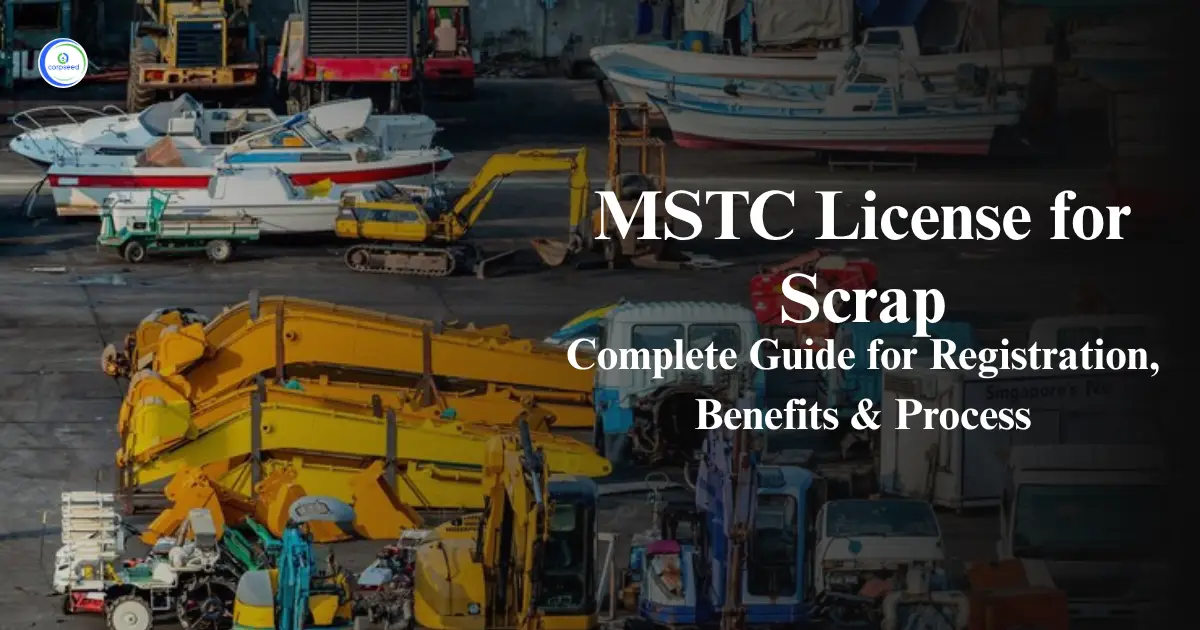Introduction
The Bharat Stage (BS) is the emission standard organized by the Government of India to direct the yield of air toxins from inside burning motors, including engine vehicles. According to the guide in the auto fuel strategy, BSV and BS-VI standards were to be executed from April 1, 2022, and April 1, 2024, separately. However, the legislature in January 2016 chose to actualize Bharat Stage VI standards from 2020 legitimately from Bharat Stage IV bypassing the stage V standards.
The first emanation standards were presented in quite a while in 1991 for oil distillate, and 1992 for diesel vehicles. These were trailed by making the Catalytic converter compulsory for petroleum vehicles and the presentation of unleaded petroleum in the market.
On 29 April 1999, the Supreme Court of India decided that all vehicles in India need to meet Euro I or India 2000 standards by 1 June 1999 and Euro II will be basic in the NCR by 1 April 2000. Vehicle producers were not set up for this progress and in a consequent judgment, the execution date for Euro II was not enforced.
In 2002, the Indian government acknowledged the report put together by the Mashelkar advisory group. The panel proposed a guide for the turnout of Euro-based emanation standards for India. It likewise prescribed a staged execution of future standards with the guidelines being actualized in significant urban communities first and stretched out to the remainder of the nation after a couple of years.
In view of the suggestions of the advisory group, the National Auto Fuel approach was declared authoritatively in 2003. The guides for the usage of the Bharat arrange standards were spread out until 2010. The strategy additionally made rules for auto energizes, a decrease of contamination from more established vehicles and R&D for air quality information creation and well-being administration.
Contamination in India has as of late arrived to extraordinary extents compelling the administration to make phenomenal strides like street space proportioning through odd-even plans in Delhi. In December 2015, in 15 of the 17 Indian cities where National Air Quality Index (NAQI) stations are arranged, contamination level was found above the prescribed limit. A Greenpeace report uncovered that contamination levels in a few metro cities like Delhi, Ahmedabad, Varanasi, Patna, Agra and Kanpur surpassed dangerous levels in Beijing and other Chinese cities which got scandalous because of significant levels of exhaust clouds.
What differentiates the BS-VI standard from BS-IV?
The enormous distinction between BS-IV and BS-VI grade fuel will be sulfur content, The sulfur content in BS-VI grade fuel will be only one-fifth of that in BS-IV fuel.
The sulfur content was 350 ppm when the emission standard was first presented as BS III in 2010,it boiled down to 50 ppm in BS-IV in 2017 and will currently additionally plunge to 10 ppm one month from now. This will cut down the emanation of nitrogen oxide, prominently known as NOx, radically. A decrease of NOx in diesel autos will be by 68 per cent, in overwhelming vehicles by 82 per cent and in petroleum autos by 25 per cent. The decrease on ppm check will be 87 per cent and 67 per cent in diesel vehicles and substantial vehicles separately,
While there is no noteworthy change in the petroleum measures of BS6 vehicles instead of the BS4 autos, diesel proprietors will confront an emergency. In spite of the fact that a BS4 motor and BS6 fuel are cross-good if there should arise an occurrence of petroleum motors, a diesel motor won't get adequate sulfur content through the BS6 fuel. This sulfur goes about as an ointment for the fuel injectors and its inadequacy could prompt a quicker pace of mileage.
Challenges
The premier test exists for the oil promoting and vehicle organizations in India. For oil advertising organizations, improving the fuel quality straightforwardly from BS-III and BS-IV to BS-VI would require an extra expense of INR400 billion. Likewise, the government didn't execute the BS-IV standards the nation over as oil refining organizations couldn't create the prevalent fuel in required amounts.
The car business evaluates that vehicle up to degree structure BS-IV to BS-VI would require the extra speculation to the tune of INR500 billion. BS-VI-empowered vehicles must be fitted with DPF (diesel particulate channel), which is a round and hollow article mounted vertically in the motor compartment. It would require plan and re-building work which may expand the length of cap and at last the length of the vehicle. Under the current standards, vehicles longer than 4 meters draw in higher extract obligation making vehicles further costly. Likewise DPF would be improved for Indian conditions where vehicle speed is substantially less than that of Europe.
BS-VI vehicles likewise must be furnished with a SCR (specific reactant decrease) module to diminish oxides of nitrogen, which is finished by infusing a fluid urea arrangement (AUS 32, which contains alkali) into the framework when the fumes are moving. Foundation should be set up the nation over for the stockpile of AUS 32.
Regardless of the previously mentioned difficulties, viability of BS-VI standards in controlling the contamination can't be disregarded. In the metros where level of contamination is progressively intense, vehicular fumes is one of the most significant patrons of toxinss. Environmental change and unnatural weather change is a reality and any progression in controlling the arrival of ozone depleting substances is an inviting step. The cost heightening of fuel and vehicles as referenced above would itself may help in controlling the outflow as expanded costs would likewise influence requests.
Insufficiency of present contamination control framework
Directly, all vehicles need to experience an intermittent outflow check (3 months/a half year) at PUC Centers at fuel stations and private carports which are approved to check the vehicles. What's more, transport vehicles need to experience a yearly wellness look conveyed by RTOs for emanations, security and street value.
The target of decreasing contamination not accomplished to an enormous degree by the current framework. A few purposes behind this are: – Independent focuses don't follow through techniques because of insufficient preparing – Equipment not exposed to occasional adjustment by free position – Lack of polished methodology has prompted negligence – Tracking arrangement of vehicles neglecting to meet standards non-existent
This portion of the site is for informational purposes only. The content is not legal advice. The statements and opinions are the expression of author, not corpseed, and have not been evaluated by corpseed for accuracy, completeness, or changes in the law.
BOOK A FREE CONSULTATION
Get help from an experienced legal adviser. Schedule your consultation at a time that works for you and it's absolutely FREE.









